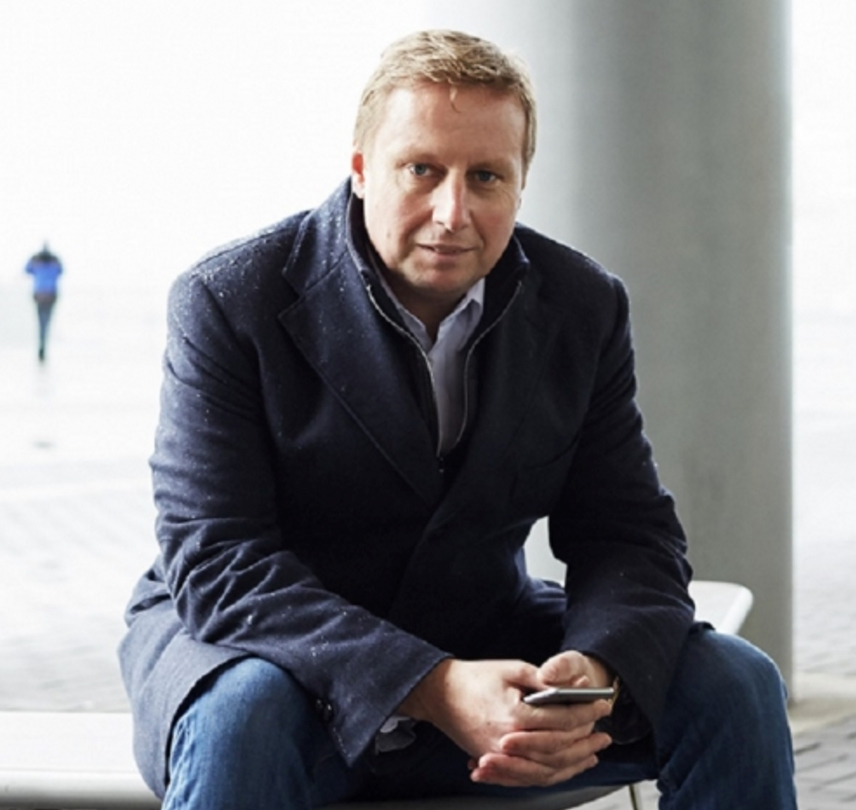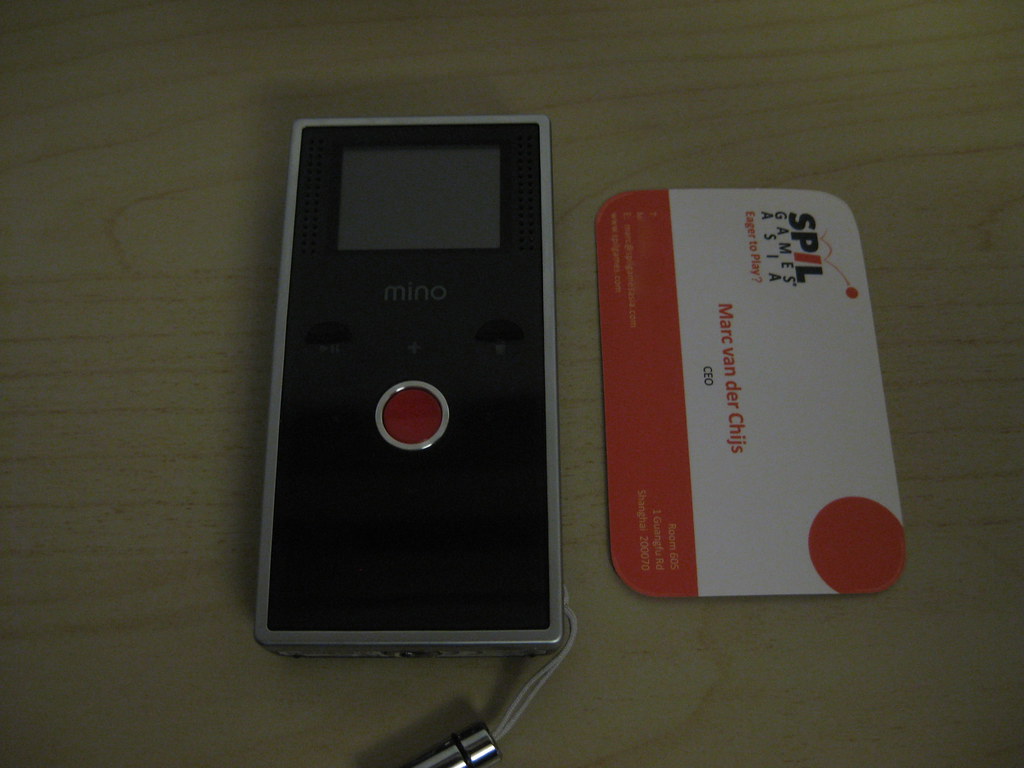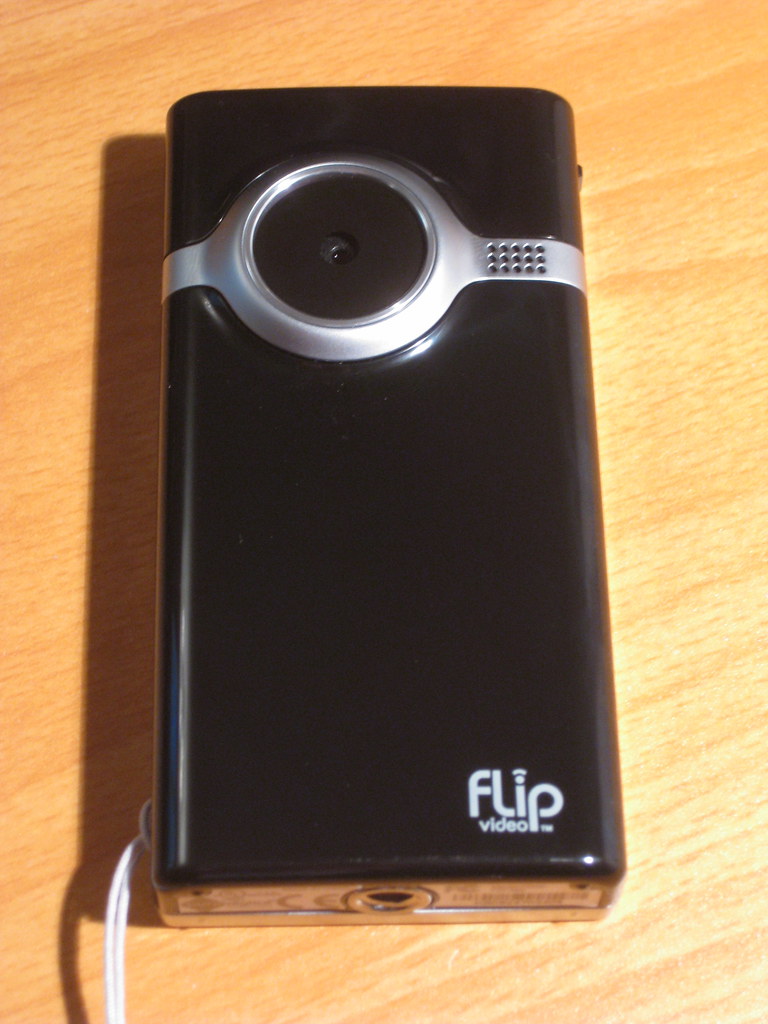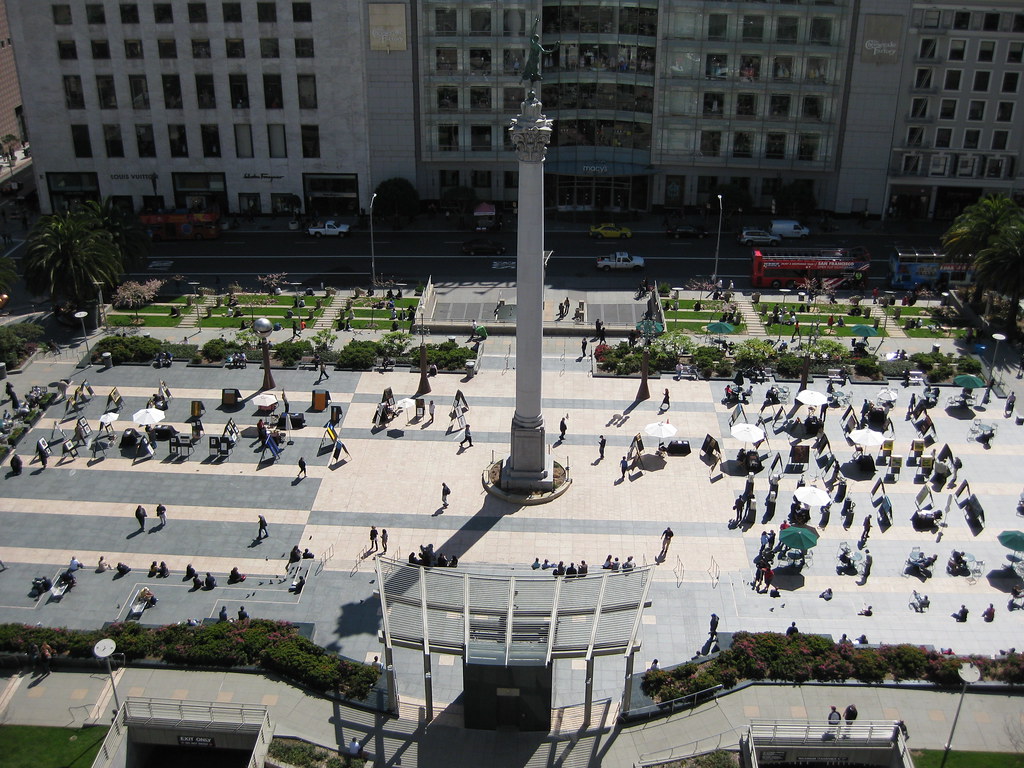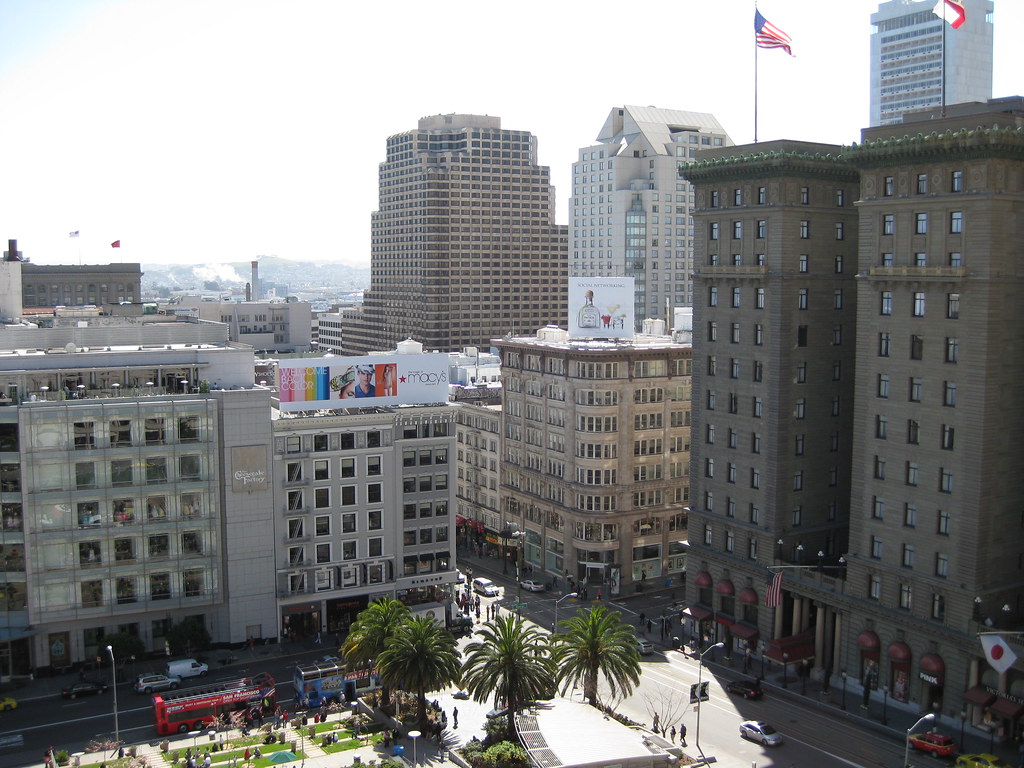 I have been using Google’s G1 phone for about a week now, after being a loyal iPhone user for over a year. Several people asked me which phone is better after suddenly seeing me with a white Android Gphone, so I decided to put some of my thoughts on my blog.
I have been using Google’s G1 phone for about a week now, after being a loyal iPhone user for over a year. Several people asked me which phone is better after suddenly seeing me with a white Android Gphone, so I decided to put some of my thoughts on my blog.
To start off with, as regular readers of this blog will know I am a major fan of Apple products. I basically only use Apple computers and since 2003 I did not buy any other mp3 players than iPods. I think Apple currently has the best electronics design in the world and the usability of its products is top. I loved using the iPhone despite its major software flaws (that will mostly be resolved when the 3.0 version of its firmware comes out) and despite the fact that the system is closed. Linking the iPhone with iTunes and the app store was a super smart idea for Apple, but it’s not necessarily the best for its users. Apple decides what you can do with the iPhone and what not, something I’m not too happy about.
Comparing the design, for me the iPhone is still the clear winner. The G1 is a bit bigger, has a smaller screen (3.2 inch versus 3.5 inch) and just does not look sleek. Luckily I don’t buy my phones for the way they look, but many people do, so in that respect the G1 has a hard time to compete. However, don’t forget that the G1 is built on the Android platform that can be used on every phone, and the next gen gPhones will come out soon, surely with much better designs.
What I like about the G1 is that it has a slide-out keyboard, even though I am so used to typing on the iPhone’s virtual keyboard already that it’s not as important to me as it used to be a year ago. For new users it can make a difference though. Strangely, the G1 does not have a normal headphone jack and you need an adapter to use your normal headphones. Well, my first generation iPhone has a similar issue (only half of my headphones are compatible with it) but still this is something I don’t understand for the G1.
Both phones have a touch screen, and they work similarly. The iPhone has multi-touch, the G1 not because Apple owns the technology… Thanks Apple 🙁 It’s not a big deal because of the + and – zoom buttons, but it feels like a step back. Generally the G1 phone is more like a desktop computer screen where you see your notifications and from where you do all your actions. It feels more like a mini-computer and less like a phone. I like that, but I think most users are less geeky and might prefer the iPhone screen.
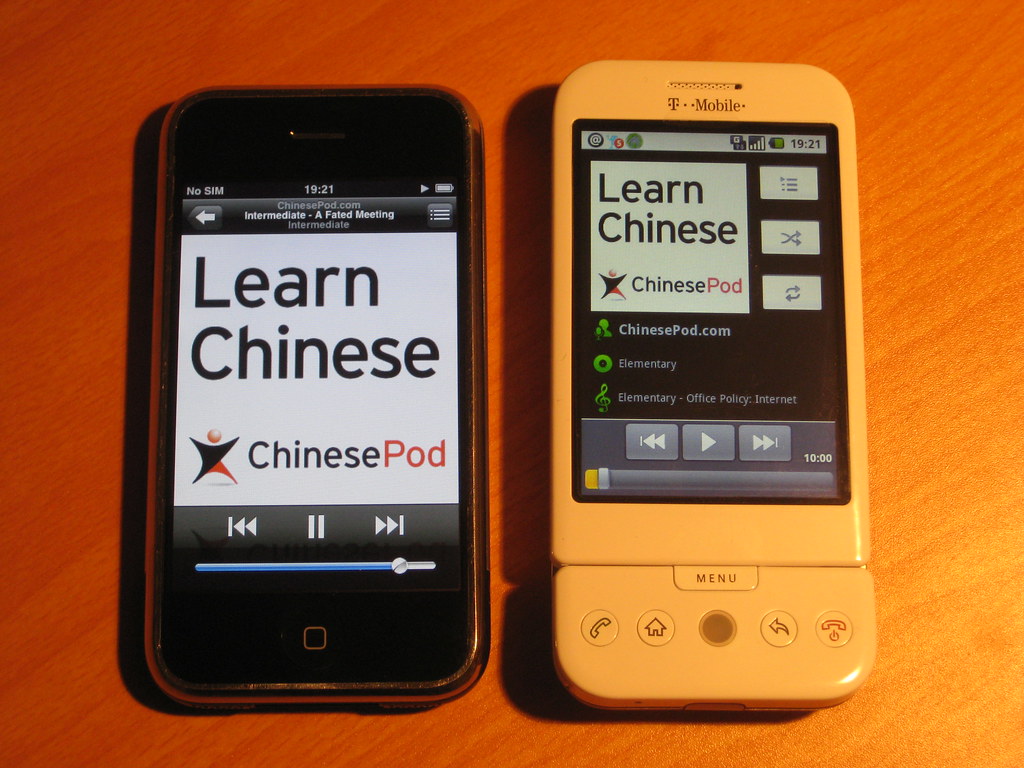 The big advantage of the G1 is how open the Android system is. It’s easy to change settings (after you find out how it works, I had to rely on a Google search several times) and everything is customizable. With the menu key you get a pop-up menu wherever you are that allows you to make changes, and also touching the screen for 2 seconds normally more options. With the iPhone you just cannot do as much, you are much more restricted to what Apple allows you to do. This is what I like most about the G1, I feel I have almost unlimited options to do what I want to do.
The big advantage of the G1 is how open the Android system is. It’s easy to change settings (after you find out how it works, I had to rely on a Google search several times) and everything is customizable. With the menu key you get a pop-up menu wherever you are that allows you to make changes, and also touching the screen for 2 seconds normally more options. With the iPhone you just cannot do as much, you are much more restricted to what Apple allows you to do. This is what I like most about the G1, I feel I have almost unlimited options to do what I want to do.
The G1 fully integrates with Gmail and all other related Google applications. All my Google contacts where automatically in my G1 when I booted it up (after it was unlocked and I managed to change it to my own Gmail username, which took almost 30 minutes to figure out), and every time I make a change it syncs automatically. Very neat, but not useful if you’ve mainly been using Apple Address Book and iCal. I exported the address book to Gmail, but for iCal I still did not find a good (and free) solution. The G1 is also a portable hard drive: you just put music in the music folder and it’s ready to play, the same for pictures. I like the freedom it gives you, but I miss the iTunes sync with playlists etc. I suppose that had the G1 been there before the iPhone, I would be criticizing the iTunes sync, but now I am so used to it that I wish it would be possible with the G1.
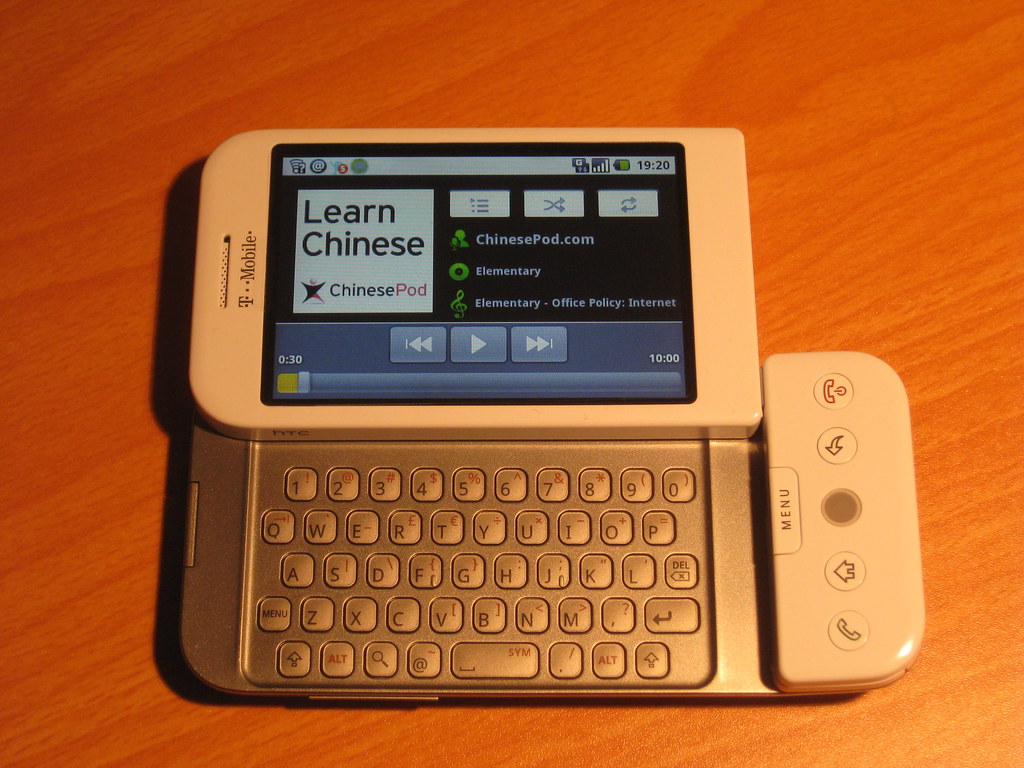 Most functionalities are the same for both phones. The Android Market is very similar to the Apple App store, with a huge number of free and paid apps. Not as many as Apple, but everything I was looking for I could find right away. Even the games are the same: I just downloaded PapiJump and it looks and works exactly the same as on the iPhone (both phones have the accelerometer function). I guess having a keyboard gives developers more opportunities to make games for the G1, that might be an advantage.The built-in browser works fine, the experience is similar to what the iPhone offers. The G1 also has a trackball, but I found I don’t really need it while browsing because of the touch screen. Email work perfect, the experience feels better than with the iPhone, but it’s not as good as using a BlackBerry. The G1 camera has 3.2 megapixels compared to just 2 for the iPhone, and generally the camera’s pictures turn out a lot better. However, the delay after pressing the camera button is sometimes up to 3 seconds which makes the camera less useful to me (I understand there are apps that alleviate this problem).
Most functionalities are the same for both phones. The Android Market is very similar to the Apple App store, with a huge number of free and paid apps. Not as many as Apple, but everything I was looking for I could find right away. Even the games are the same: I just downloaded PapiJump and it looks and works exactly the same as on the iPhone (both phones have the accelerometer function). I guess having a keyboard gives developers more opportunities to make games for the G1, that might be an advantage.The built-in browser works fine, the experience is similar to what the iPhone offers. The G1 also has a trackball, but I found I don’t really need it while browsing because of the touch screen. Email work perfect, the experience feels better than with the iPhone, but it’s not as good as using a BlackBerry. The G1 camera has 3.2 megapixels compared to just 2 for the iPhone, and generally the camera’s pictures turn out a lot better. However, the delay after pressing the camera button is sometimes up to 3 seconds which makes the camera less useful to me (I understand there are apps that alleviate this problem).
I think the G1 is a great phone and it would have been a major hit had there been no iPhone. But I think it cannot compete against the Apple product for the most users, especially after the iPhone will upgrade its firmware to 3.0. Android has a lot of potential because it is open, but it will be very difficult to lure customers away from the iPhone. For me, I will keep using the G1 for now. I like the many functions it has and I like to play around with the phone and further customize it. I might switch back eventually to the iPhone, however, but I think that might be a lot harder after getting used to the Android platform. I’ll keep you posted.
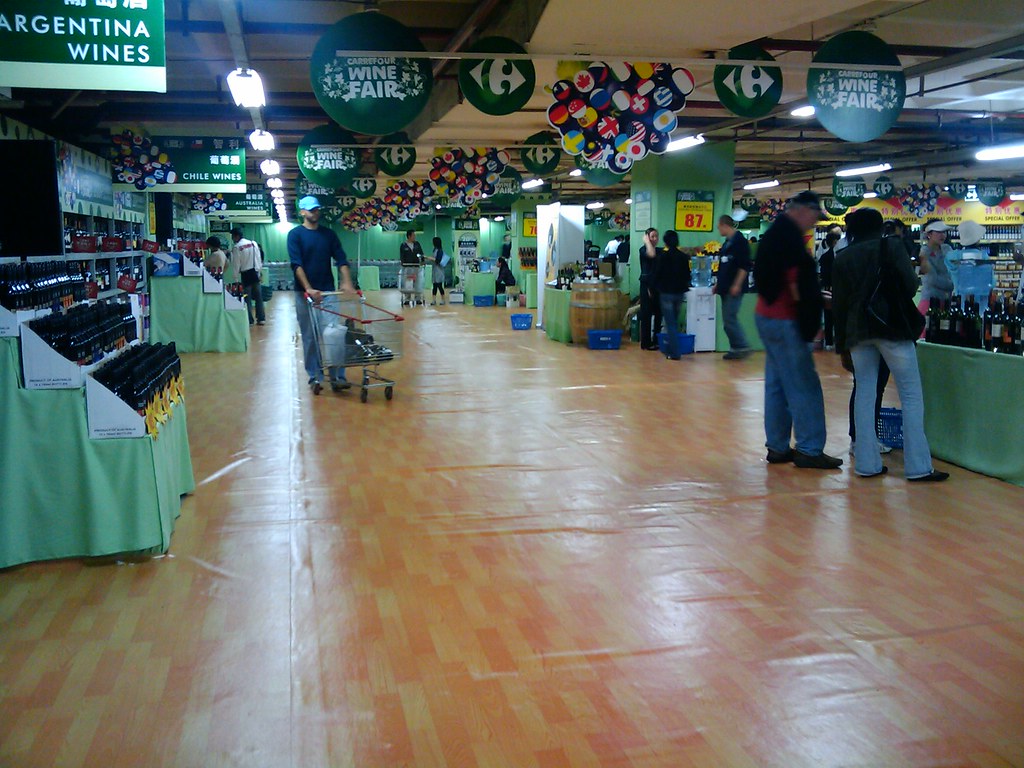 If you live in Shanghai and like to drink wine, go visit the Carrefour Spring Wine Fair! Carrefour organizes this event twice a year (in spring & autumn) in its basement and I normally buy quite some bottles there. Carrefour has a very decent collection of wines in its store, but the wine fair has a lot more wines and they are at least 20% cheaper. Many have 3-for-4 or 5-for-6 deals and on every single bottle you get an additional 20% discount upon check-out. As usual Carrefour delivers home for free, but you will have to wait about a week before they deliver.
If you live in Shanghai and like to drink wine, go visit the Carrefour Spring Wine Fair! Carrefour organizes this event twice a year (in spring & autumn) in its basement and I normally buy quite some bottles there. Carrefour has a very decent collection of wines in its store, but the wine fair has a lot more wines and they are at least 20% cheaper. Many have 3-for-4 or 5-for-6 deals and on every single bottle you get an additional 20% discount upon check-out. As usual Carrefour delivers home for free, but you will have to wait about a week before they deliver.